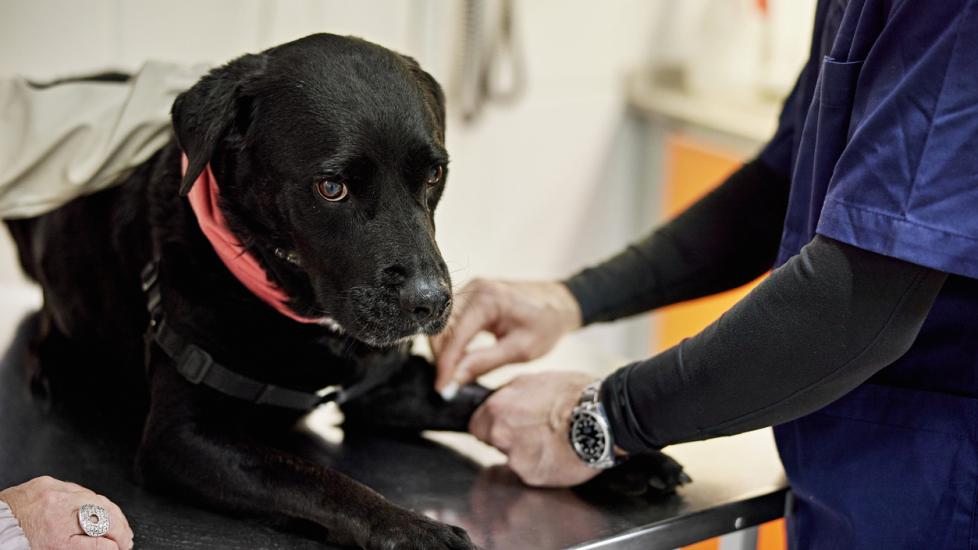Introduction:
Living with a furry companion is an experience that brings joy and companionship to many households. However, just like humans, our canine friends are not immune to the complexities of health issues. One such condition that pet owners should be aware of is diabetic ketoacidosis (DKA). This article aims to shed light on this serious metabolic disorder, its signs, causes, prevention strategies, treatment options, and how dog parents can support their beloved pets during this challenging time.
Understanding Diabetic Ketoacidosis:
DKA occurs when there’s a severe lack of insulin in your dog’s body, leading to high blood sugar levels and a buildup of acidic ketones in the bloodstream. It’s a life-threatening emergency that requires immediate veterinary attention. The disease often manifests due to undiagnosed or poorly managed diabetes mellitus, but it can also arise from other factors such as infections, stress, certain medications, or pancreatitis.
Signs and Symptoms:
Recognizing the symptoms early could mean the difference between life and death for your dog. Common indicators include excessive thirst, increased urination, lethargy, vomiting, diarrhea, abdominal pain, loss of appetite, deep and rapid breathing, and sometimes even seizures. These signs may progress rapidly if left untreated.
Prevention Strategies:
The best way to prevent DKA is through regular check-ups with your veterinarian and maintaining good control over your dog’s diabetes. Ensure they receive proper nutrition tailored to their dietary needs, monitor their weight regularly, and provide them with consistent exercise. Additionally, keeping a close eye out for any changes in behavior or routine can help you detect potential problems before they escalate.
Treatment Options:
If diagnosed promptly, DKA can be treated effectively with intensive care at a veterinary hospital. Treatment typically involves intravenous fluids to correct dehydration, electrolyte imbalances, and restore normal pH balance. Insulin therapy will be administered to regulate blood glucose levels, while supportive measures such as antibiotics for infection management might also be necessary. Ongoing monitoring of vital signs and frequent blood tests are crucial throughout the recovery process.
Supporting Your Dog During Recovery:
Once home from the vet’s office, you play a pivotal role in ensuring your dog makes a full recovery. Follow all post-treatment instructions carefully, which may include a strict feeding schedule using a prescribed diet plan, continued medication administration, and regular follow-up appointments with your vet. Keep a log of your dog’s food intake, urine output, energy level, and any changes observed so that your veterinarian has up-to-date information about his well-being.
Conclusion:
While diabetic ketoacidosis is a grave condition that demands prompt action, with awareness, vigilance, and professional intervention, dogs suffering from this affliction stand a good chance of returning to vibrant lives filled with waggy tails and cuddles. By recognizing the signs early, seeking medical assistance immediately, and providing unwavering support throughout treatment and recovery, we can ensure our four-legged family members have the best possible outcome. Let us continue to prioritize the welfare of these loyal creatures who enrich our lives beyond measure.
